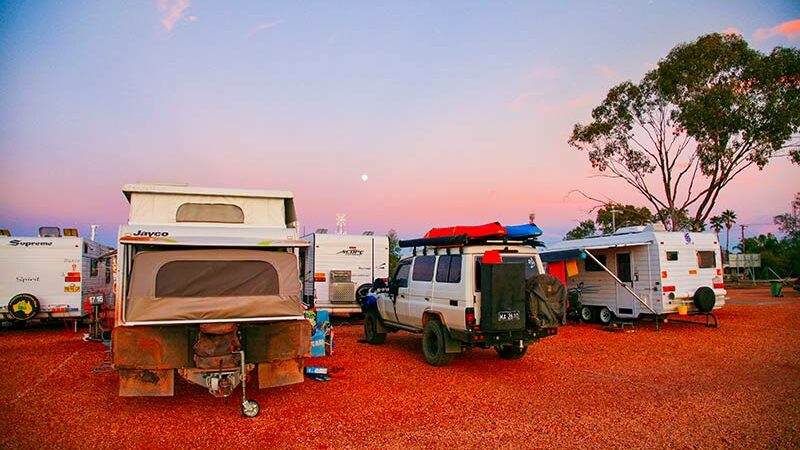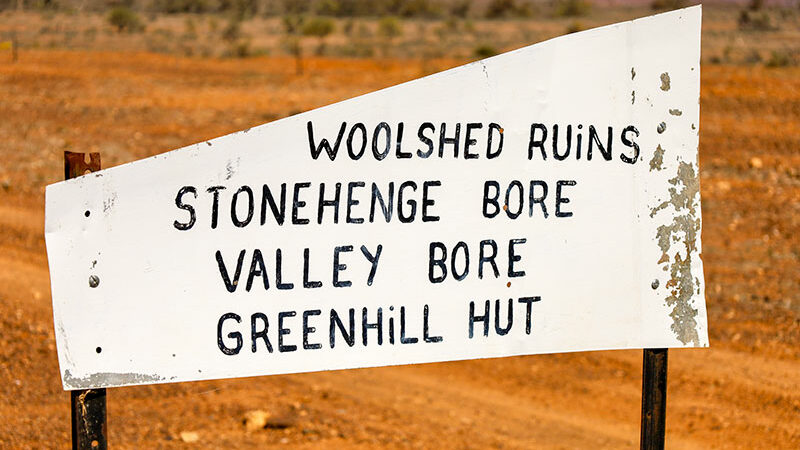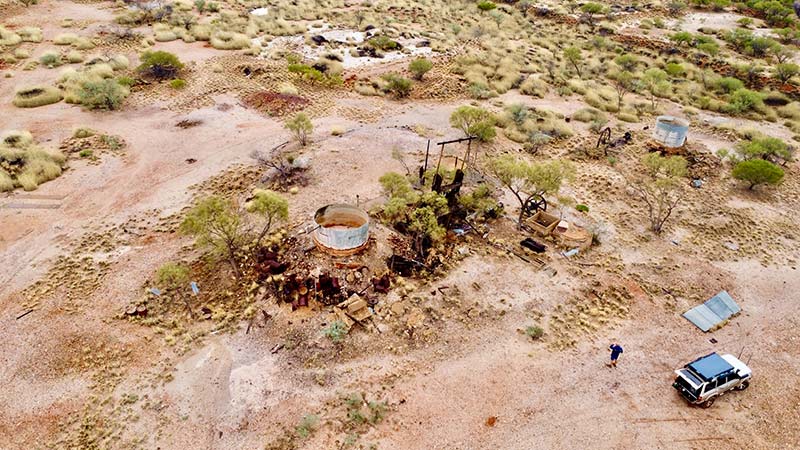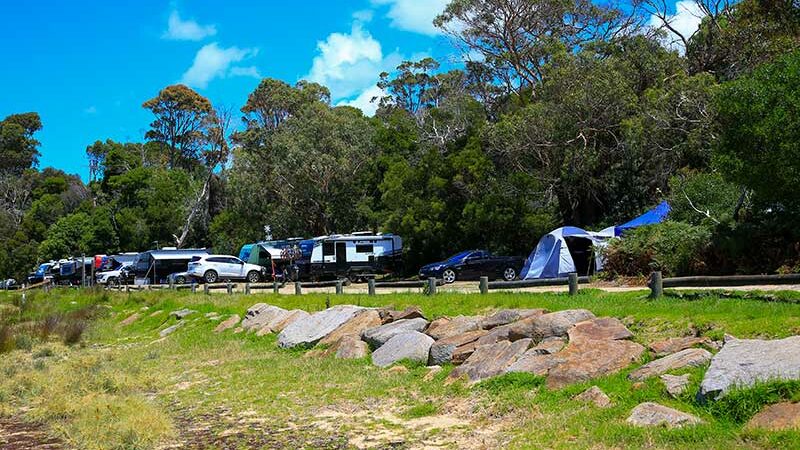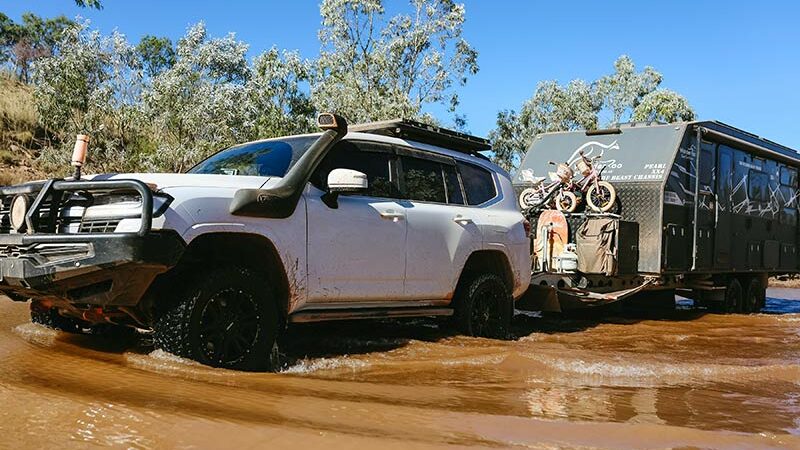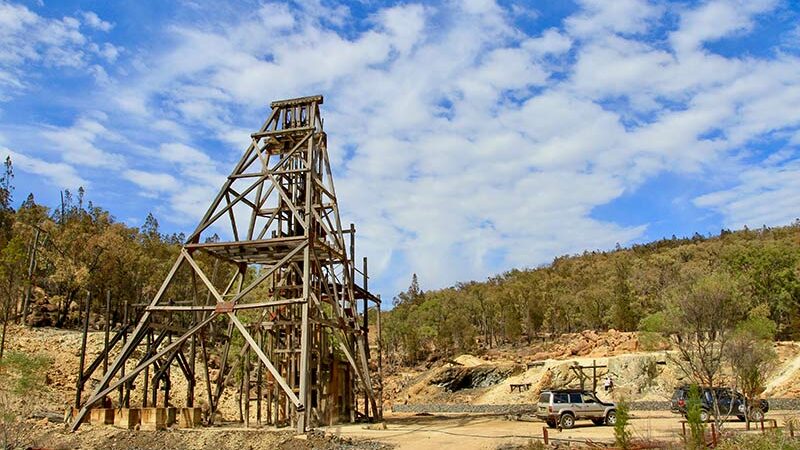Touring Guide: West of Mackay
An east coast low saw me held up in Mackay, Qld, for a few days, until it passed further north and out to sea. I’d never explored the Mackay region before and until now it was only to pass through, heading to the Cape. It’s a busy place where industry meets the tourism sector, and with a near-perfect climate, the Mackay region is growing fast.
Cook passed by in his 1770 voyage but it was in 1860 that explorer John Mackay reached the Pioneer River with horses and cattle from New South Wales. The town was established by the river and in 1865 the first sugar cane was planted, making the region boom, and over the next 100 years it has grown to have the largest sugar refinery in the southern hemisphere.
The town its self has beautiful buildings dating back to the late 1800s. It has a busy port and marina area, surrounded by national parks, and claims to have the longest stretch of sub-tropical rainforest in Australia.
MACKAY TO EUNGELLA
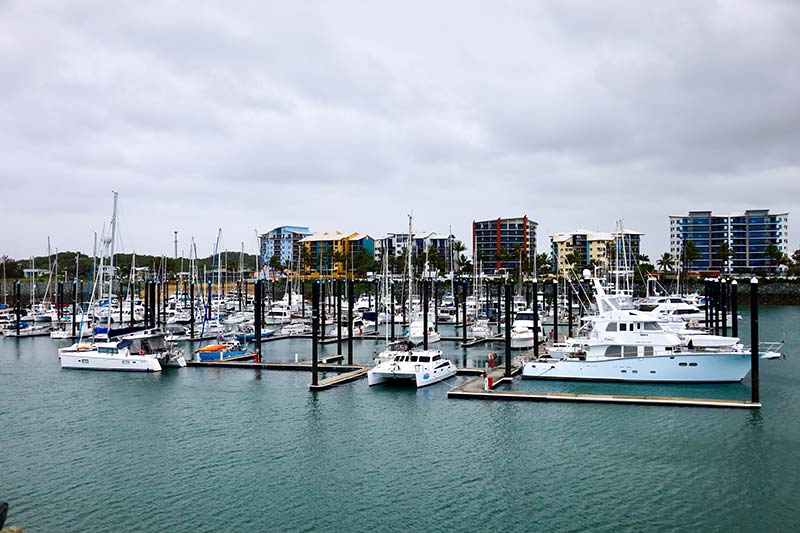 With Mackay behind me, I headed an hour north to Cape Hillsborough National Park, where steep mountains meet the sea. Around 30 million years ago, lava poured out from a nearby volcanic plug called Pinnacle Rock. The jagged rocks, the result of eons of geological upheaval and weathering, can be seen on the drive to Cape Hillsborough.
With Mackay behind me, I headed an hour north to Cape Hillsborough National Park, where steep mountains meet the sea. Around 30 million years ago, lava poured out from a nearby volcanic plug called Pinnacle Rock. The jagged rocks, the result of eons of geological upheaval and weathering, can be seen on the drive to Cape Hillsborough.
This area is a popular destination, made famous by the kangaroos on the beach at sunrise and the beautiful camping areas. There are also five hikes from the nature park, including a beachcomber walk, the Yuibera plant trail, a diversity track, the wedge island hike, and up to Andrews Point. Andrews, has several lookouts from which you can gauge the ruggedness of the volcanic upheaval all those years ago as you walk along the basalt ridge, through old rainforest and eucalyptus pockets.
Unfortunately, my visit coincided with coastal showers so the views were very intermittent, and with this I decided to head inland, just 100km towards Eungella NP and Finch Hatton Gorge.
The Mackay hinterland is a place where thick rainforest pockets give way to deep gorges and stunning waterfalls, which is ever so popular with tourists due to its easy access. Finch Hatton is one of those places that teems with tourists for most of the year, heading up the walking trails to swim in clear mountain waters and to cool off from the humidity.
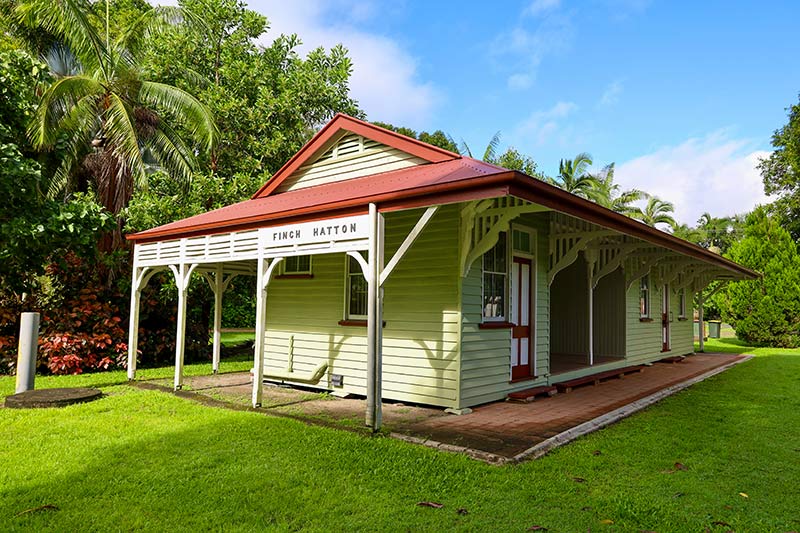
Tucked in Eungella NP and part of the Clarke Range, the landscape is a sculptured masterpiece where dense rainforest is hemmed by surrounding farms. It is regarded as one of Queensland’s most ecological and diverse parks. It claims to have mote than 850 subtropical and tropical plant species, and an array of wildlife all protected in its 52,000 hectares.
Today, Finch Hatton is the gateway to the gorge and Eungella NP, but it was established in the early 1900s by cane growers and timber-getters. The railway constructed a line into the Pioneer Valley in 1918 to Cattle Creek, but since the closure of the mill, Finch Hatton is now a sleepy tourist town.
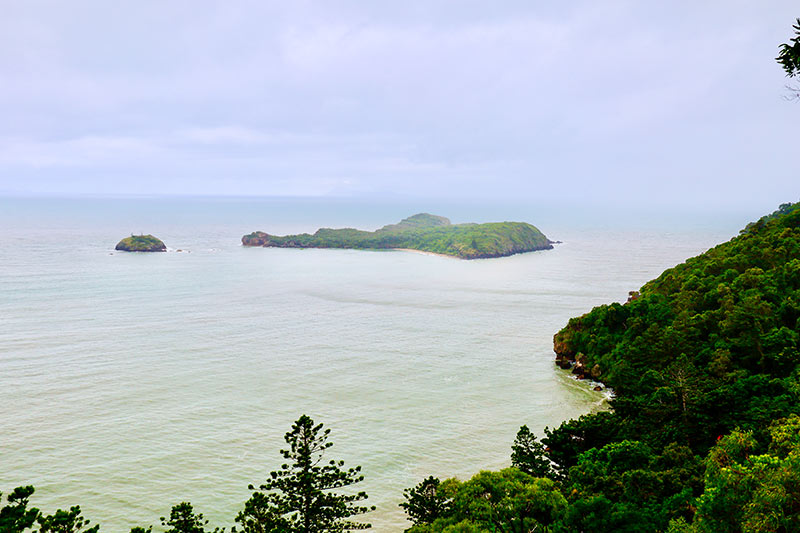
Further west, up the steep Clarke Range, is the sleepy town of Eungella, with its historical pub, amazing lookouts, nature walks and rich cultural history. Prior to European settlement, two nomadic Aboriginal tribes lived in the lush area, the Biria and Wiri tribes of the Birri-Gubba people.
Eungella is perched high above the head of the Pioneer Valley and is known by the Aboriginal people as ‘the land of the cloud’, probably due to its near-700m elevation. The views at any of the lookouts are simple stunning. You’ll see volcanic peaks, plugs, the rich valley below, right out to the Mackay coastline. The cool, mountain streams throughout Eungella are a popular spot for spotting platypuses – they can be spotted either around the town or at Broken River, which has boardwalks and viewing platforms along the creek.
RED CEDAR AND ALLUVIAL GOLD
Eungella NP is full of high peaks. In 1878, European settlers made expeditions to the 1232m-high summit of Mt Dalrymple, not long after the first gold prospectors and red cedar-getters arrived in the area.
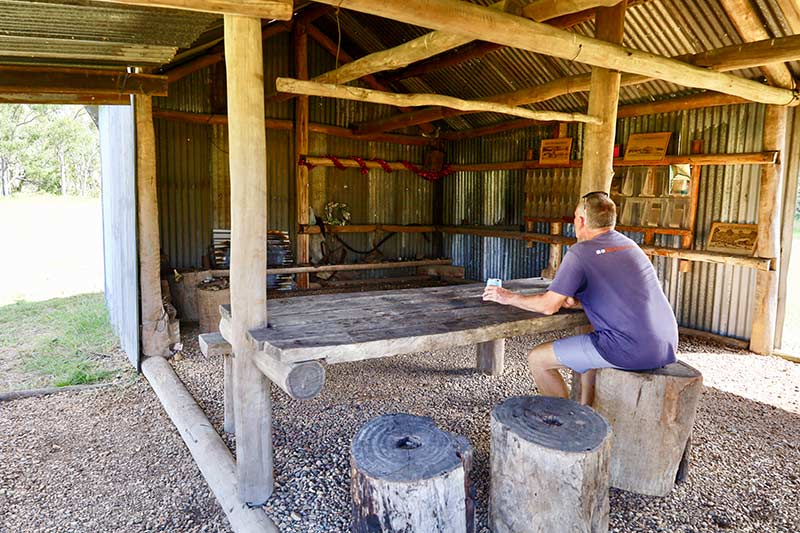
By 1920, the area was thriving and red cedar was becoming Australia’s leading export, opening up the Clarke Range, where a road was built to the coast, allowing the timber to be exported to England.
About 30 minutes to the west is Eungella Dam, which was built for town water at Collinsville and Scottsville, as well as to to meet the requirements for the thermal power station in Collinsville. Run by SunWater QLD, its open to the public for boating, swimming, fishing and one of the best camping spots I have ever been too. With all amenities included in the extremely cheap camp fees, there’s miles of camp spots right on the water’s edge. Just a heads-up though: cattle roam day and night, they are very friendly and are not scared to enter a camp in search of food scraps.
With a few days under my belt around the dam, my next destination was south: Homevale National Park, where I wanted to explore the area’s gold history. Homevale is full of dramatic cliffs, peaks and volcanic vents that produced gold deposits and fertile soils, and now support a diverse plantlife. The Nebo Volcano erupted 34 million years ago and are believed to be the second line of volcanoes that erupted down the east coast at that time.

Mount Britton is about an hour’s drive from Eungella Dam. It is well signposted towards the town of Nebo. Mt Britton was named by explorer William Landsborough in 1856 after a good friend, James Britton.
Alluvial gold was found in Oaky Creek in the early 1880s. Of course, when word got out, the rush was on. Within a very short time, nearly 1500 people were in the area. Soon, there were six hotels, stores, a bee-keeper, a school of arts and even a photographic studio. But the gold was short-lived – it was gone by 1900. Most people moved on, but one old miner, Anthony Turner, stayed in the area until his death in 1919.
Today, a lot of the old mining gear has been relocated to where the town used to be. There’s a self-guided walking trail to signage highlighting what was there, there’s Anthony Turner’s corrugated iron hut, which has fragments of gear, old bottles and written history on the hardships of back in the day, plus the 150-year-old fig tree that was planted by John and Mary Ann Mills when their first child was born.
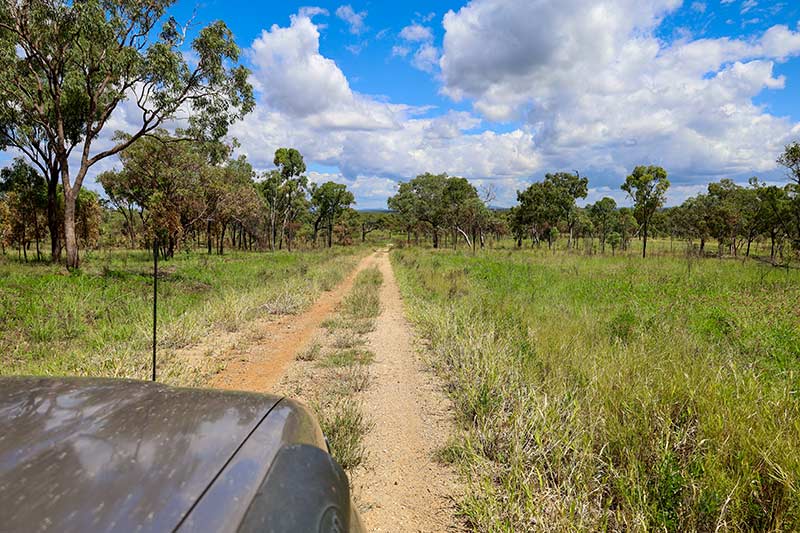
The ‘town’ of Mount Britton is surrounded by mountain peaks, including Mt Britton, the Marling Spikes, Boundary Fap Mountain, Mt Adder and Sydney Heads, which is the tallest peak at 915m high.
It’s an interesting area to discover. You will learn of the hardships that these people faced just trying to make a living and hoping they would be successful one day, but they endured more than what we could ever imagine. At the little nearby cemetery there’s only a handful of graves, some marked and others just a lump in the ground.
There was also difficulty in transporting the heavy ore across town to a crusher, but then in 1898, Cyclone Eline cause extensive damage to the area, wiping out crops and causing mass destruction.
Following the volcanic mountain peaks from Cape Hillsborough, exploring Finch Hatton and finally up to Mount Britton was a great way to spend a week in the Mackay area, discovering so many natural wonders and delving into its amazing history.
- WHERE: Mackay is just less than 1000km north of Brisbane, right on the stunning Coral Sea coast, where the mountains meet the sea. Volcanic activity millions of years ago created some of the most beautiful and scenic landscape the east coast has to offer. You can explore the area in an SUV or lightweight 4WD.
- WHAT THERE IS TO DO: There are a lot of activities to keep you entertained for week. These include walking the beaches of Cape Hillsborough, hiking into Finch Hatton Gorge and swimming in fresh, crystal-clear water, amazing camping at Eungella Dam and wandering the relics of the old gold-mining town of Mt Britton. The Mackay area is rich in history, with a mix of stunning volcanic scenery.
- GENERAL INFO: https://www.mackay.qld.gov.au/discover-mackay
- EUNGELLA CAMPING: https://www.sunwater.com.au/dams/eungella-dam/
- MT BRITTON: https://www.mackayisaac.com/mount-britton
The post Touring Guide: West of Mackay appeared first on GoRV.
Source: https://www.gorv.com.au/touring-guide-west-of-mackay/


